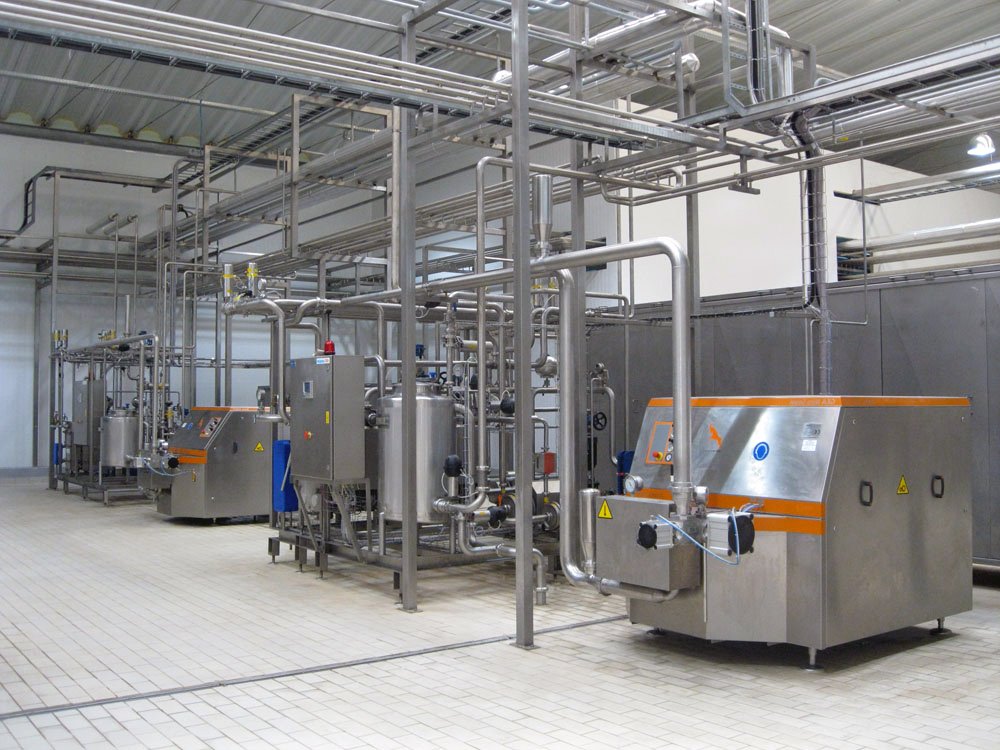
What is Homogenization ?
Homogenization, as a term, refers to the process of combining two or more immiscible phases into a single phase, ensuring they are uniformly distributed. A prime example of this is the homogenization of milk and milk fat. Milk fat is not evenly distributed within the milk, and over time, phase separation occurs. To prevent this phase separation, homogenization is applied, ensuring the milk fat is evenly dispersed throughout the milk.
Today, homogenization is used in many fields, particularly in oil-water mixtures, where it plays a significant role.
How is Homogenization Done?
Different homogenization techniques have been developed for various products. The sole purpose of all these techniques is to achieve the best homogenization conditions. Homogenization is used to prevent phase separation, ensure sustainability in large-scale production, achieve consistent yields, enhance product characteristics such as color, texture, and taste, and improve visual appeal.
There are many homogenization techniques, but the most common ones include:
- Ultrasonic Homogenization
a. High-frequency sound waves create cavitation, causing solid particles in the liquid to break into micro-particles. These micro-particles are evenly distributed, resulting in homogenization.
b. This technique is primarily used in the pharmaceutical and biotechnology industries for heat-sensitive products. - High-Pressure Homogenization
a. This technique uses a device known as a homogenizer, forcing the product through a tiny orifice. During this process, solid particles are broken into micro-particles, achieving homogenization.
b. It is used for various food products such as milk, fruit juice, hummus, ketchup, and mayonnaise. With advancing technology, it is also being used in biotechnology, lubricants, and pharmaceuticals. - Inline Homogenization
a. A pump draws the product, which is then forced through a component with small gaps. During this passage, the product is broken into micro-particles, achieving a homogeneous state.
b. This technique, where the product is homogenized during flow, is commonly used for food mixtures, paints, and chemicals. - Rotor-Stator Homogenization
a. A high-speed mixer inside a tank creates a vortex, forcing the product through a fixed cage. This process achieves homogenization.
b. It is widely used in the food, chemical, and pharmaceutical industries.
Does Homogenization Reduce Nutritional Value?
Homogenization affects the physical properties of the product but does not negatively impact its nutritional value. On the contrary, it enhances efficiency by creating a homogeneous structure. For example, in the dairy industry, it ensures that each liter of milk contains an equal amount of fat.
All machines that perform homogenization are generally called homogenizers. At Muse Food Technologies, we produce high-tech homogenizers for the food industry. You can contact us to find the homogenization method and homogenizer suitable for your product and system.


